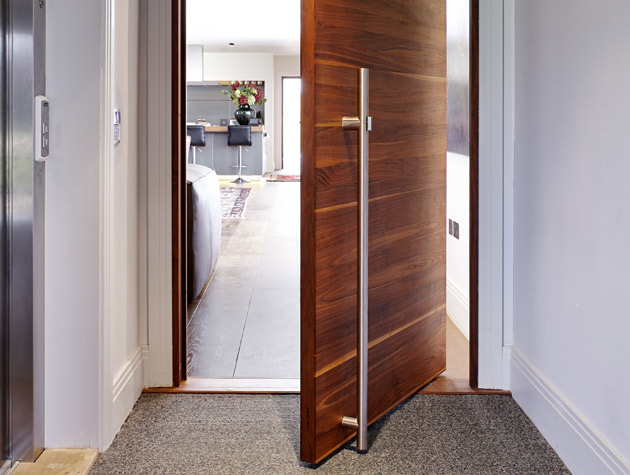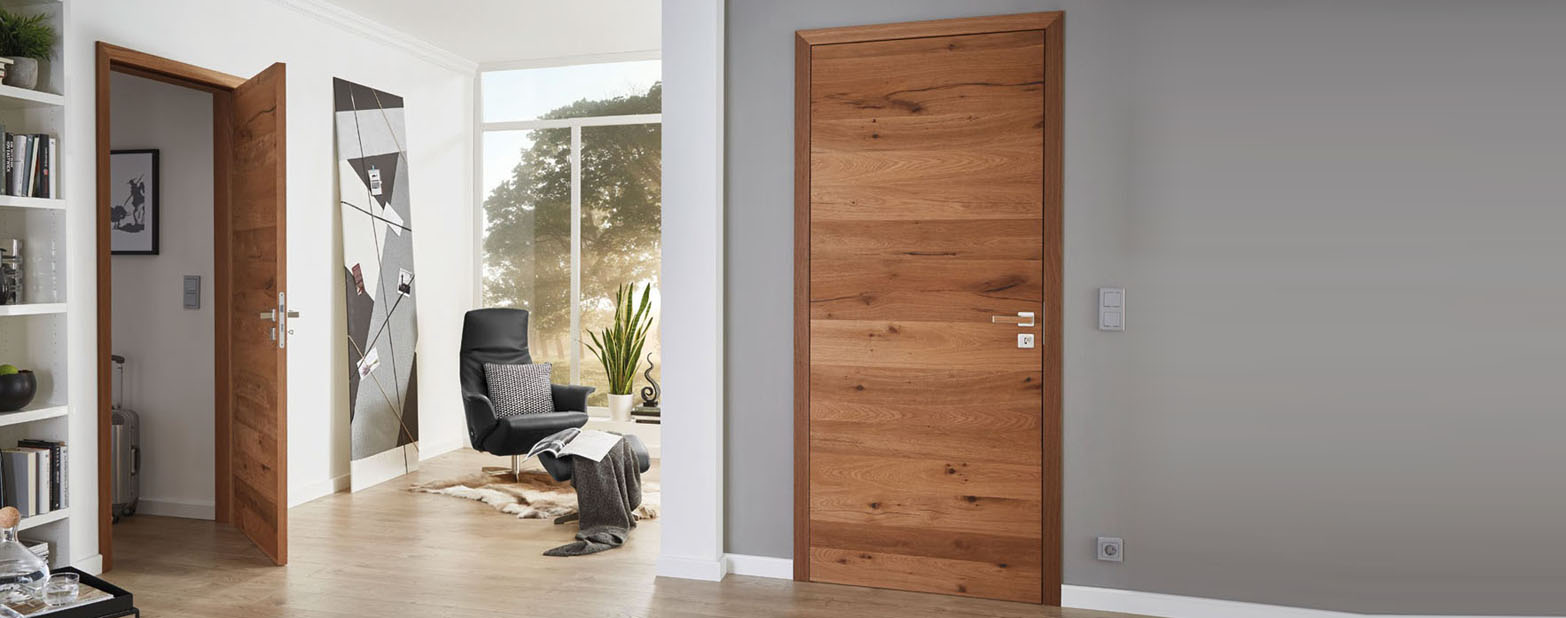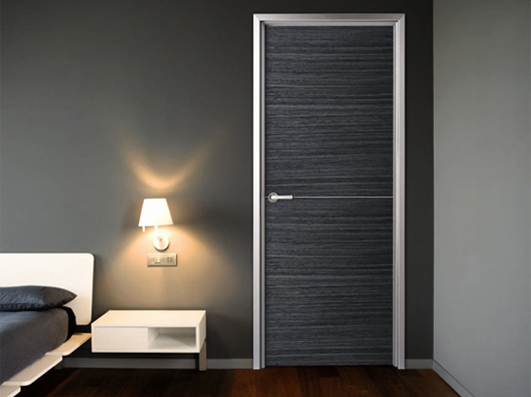There is no denying that your internal doors provide the finishing touch that can make or break the interior décor of your home. But not only do they have to look right, they also need to function correctly. Nothing is worse that a door that sticks, jams or decides to open or close by itself.
Perhaps that is why even the most experienced DIY and home maintenance enthusiasts go a little pale at the thought of hanging internal doors. This step by step guide will help you to conquer your fear and master what is actually one of the more simple DIY jobs.
Remove the old door
Carefully take down the old door. In an ideal world, you can leave the frame and doorstop in place and reuse them, provided the new door is the same depth as the old.

Offer up the new door
You will need a 3mm gap along all four edges. A butt hinge is perfect for measuring this gap. Use a pencil to mark off the areas you need to plane off the door. Draw your lines on both sides, to ensure you take equal amounts from both edges.
Plane the door
Lie the door on its sides and carefully plane back to the pencil lines. Work the plane from the outer edges inwards, that way you are going with the grain and there is less chance of it splitting. Offer it up again, and check your gaps.

Mark the hinges
Reposition your door and mark across from the precise location of the old hinges on the frame onto the door edge. Then put the door back onto its side and use these marks to position the hinges. Draw around them and also mark the hinge thickness on the front edge of the door.
Cut the hinge recess
Use a chisel to carefully cut at either end of the hinge markings. Then, use a retractable knife to cut along the pencil line between the two chisel cuts to the required hinge depth. Now you can remove the wood with your chisel. The safest method is to make cuts every 10mm or so to the hinge depth, then very carefully use the chisel blade to remove each slice from the front edge. Offer up the hinges and check they fit snugly.
Secure the door
Place the hinge in your newly created recess, and screw down securely. Then offer the door up one last time and secure the hinges to the frame.
Fit the latch
Mark the latch case onto the door face, again lining it up with the strike plate on the frame. Then measure the total length of the latch plus the distance from the latch end to the centre of the spindle and mark it on door.
Then, using a drill bit that is slightly larger than the latch casing, drill from the door edge to the required depth. Use tape to mark the depth on the bit, to make sure you get it right. Next, drill at the marked position from each door face. You can then offer up the latch and chisel away the wood to the required dimensions for your particular fitting, just as you did with the hinges.
Final assembly
It is then just a case of fitting the handles and checking that everything works. If there are any tight spots, for example a sticky strike plate, just unscrew it and chisel away a little more wood. Work delicately and patiently, till it is just right.








